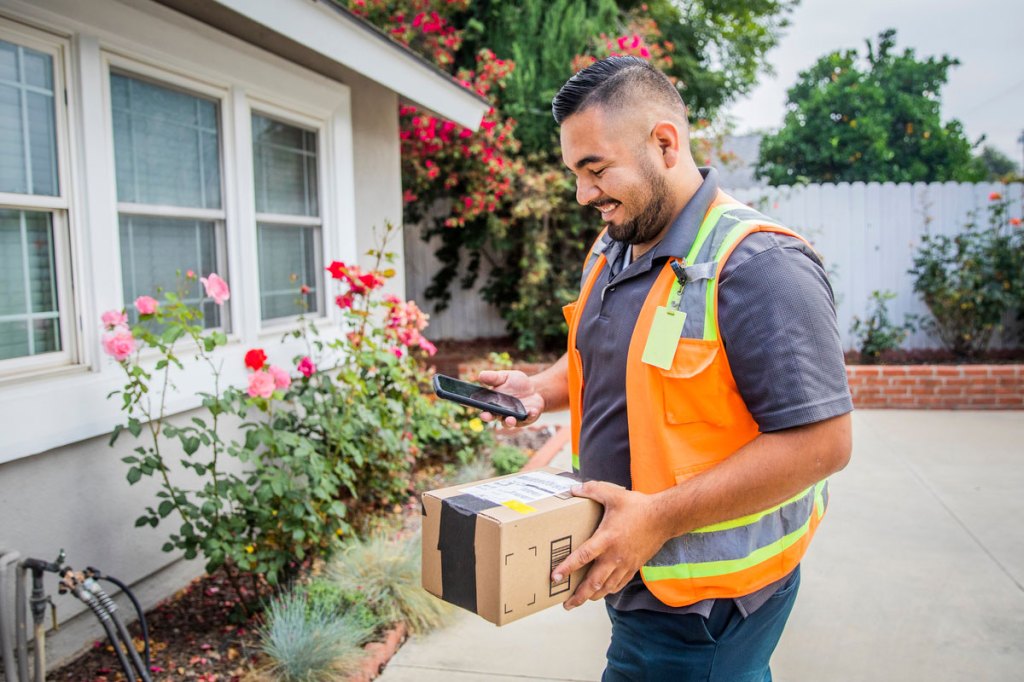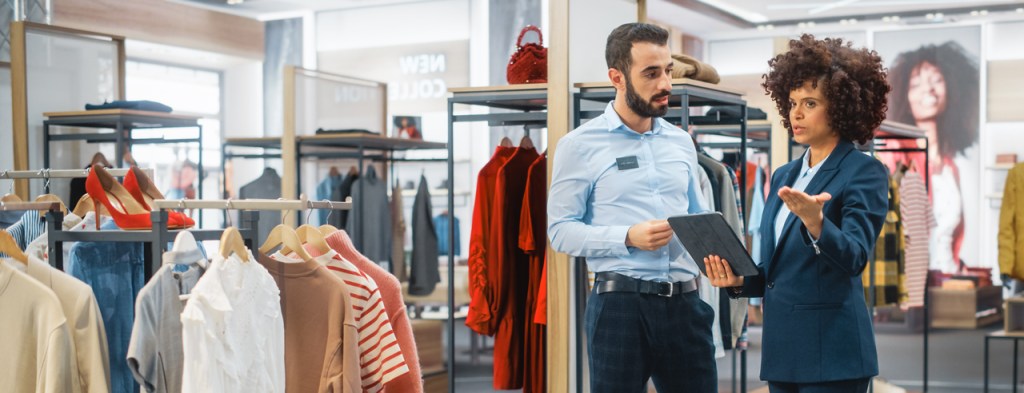What is retail analytics?
Retail analytics, or retail data analytics is an umbrella term for a whole host of business intelligence that helps CPG manufacturers sell more. Essentially, it’s using data accrued from retailers and your own systems to make informed decisions about what products to invest in and what markets to target. A little bit of retail data can make a huge difference in formulating retail strategy and winning over new buyers in-line/category reviews. That’s why it’s important to adhere to retail analytics best practices so you can get the biggest return on your investments.
Ways to use retail data to gain market share
Access to retail data has become increasingly easy and small businesses are now able to compete at a much higher level. With the power of data at your fingertips, you can make better decisions and more accurate forecasts.
Here are five ways to use retail data to gain market share:
Win over retailers
One of the biggest issues most small CPG businesses have is convincing retailers to carry their products. If you don’t have a preexisting relationship, the only thing retailers have to go on is your CPG pitch deck and ability to sell your business. If you fill your deck with valuable category data and your own sales data and trends, you have a much better chance of convincing retailers of your value. Try to focus on your brand growth vs. the category or competition. If you can convince a retailer that your products will make them more money with less risk, you’ll be looking at distribution contracts in no time.
Gain shelf space
Retailers have limited shelf space. Once you’re on the shelf, your next move is to start taking more space to increase sales at that retailer. Here, you need to be using data on a retailer level if you’re going to grow. That means your success in the category is less important than your success with the retailer. If you use a tool like Byzzer, you can look at how much product that retailer moves, how much is your competitors, and how much is yours. If your products have a better sales velocity than the competition, increasing your shelf space will help the retailer make more money, faster.
Target weak competitors
Category level data can give you insight into the biggest winners and losers in your industry. This not only lets you target ripe markets, but it also lets you identify the competition that is flagging or failing to grow. Increasing sales in the retailers and markets they target can be an easy way to gain market share quickly. It also helps get your brand noticed and you can even use these differences as a CPG marketing tool. You can take out the competition or even discover competitors you’d like to work with or make an acquisition. Data lets you strike with surgical precision.
Identify future trends
Trend forecasting is what truly determines which brands are going to explode and which are going to falter. Retail data can give you insight into seasonal trends and rising industries. Investing in something early, like health and wellness products, can end up being a major revenue driver in the future. If you can look at three months’ worth of data and identify a consistent trend, making moves in that space may be a good idea. You can get the jump on the competition and become a leader in your space, all through the power of trend forecasting.
Build relationships
Retail data isn’t just for taking out the competition and growing sales. You can also use the data you accrue to assist your retailers and build relationships. If you notice trends in the data regarding retailer sales, sharing your findings can be a great way to foster relationships. Even if it doesn’t directly increase your distribution or shelf space, the retailer will be more likely to help you in the future. Strong relationships pay dividends and data can help.
Get the data you need to succeed
Companies that aren’t using retail data in their decision-making are lagging behind their competition. Understanding what’s selling, where, and why are key to success. Fortunately, with Byzzer’s reporting solutions, you can have all the data you need at your fingertips. Contact us today to see what our tools can do for your business. You’ll also want to read about the top CPG trends for small businesses in 2022.
Get valuable insights with Byzzer. Knowing about these trends is only the beginning. Depending on your product line, you need to know how much to adapt to consumer needs. Byzzer provides breakdowns of all these attributes in easy-to-digest reports. Best of all, we’ll show you how to leverage this information for your action plan.
Sign up for the SMB monthly Newsletter and get our latest insights and updates delivered right to your inbox.



